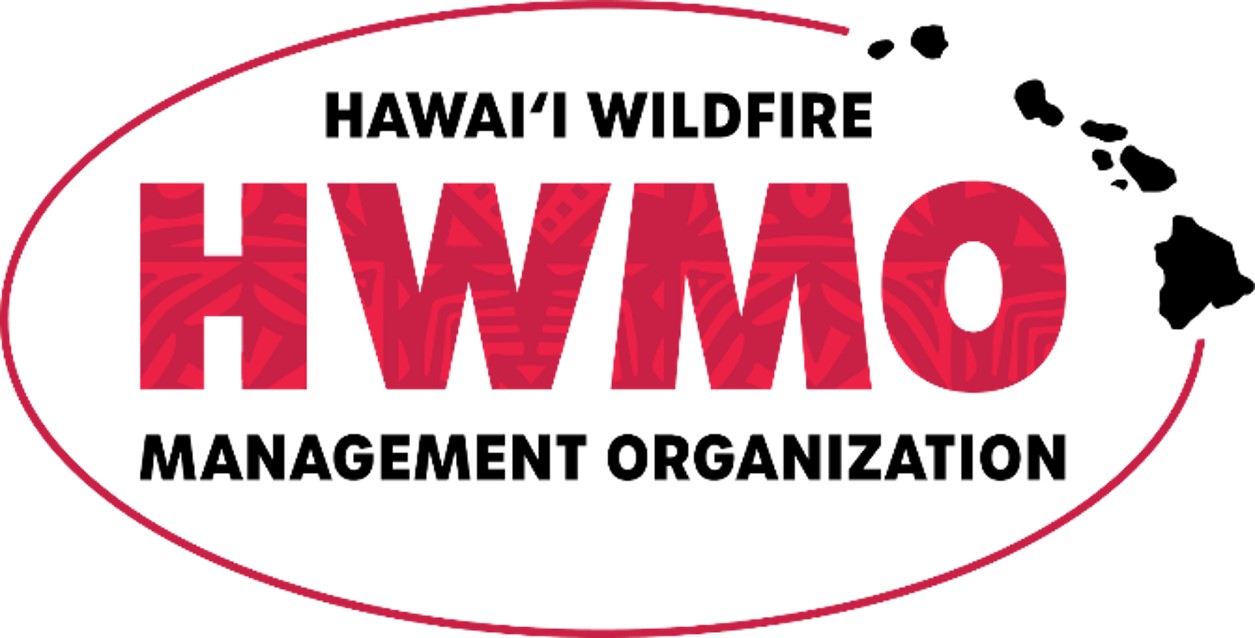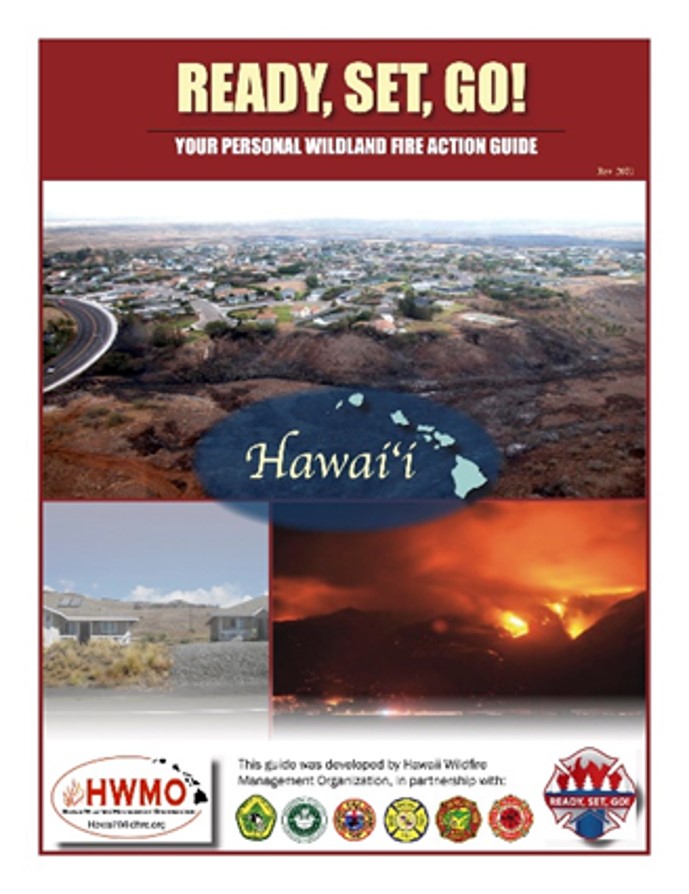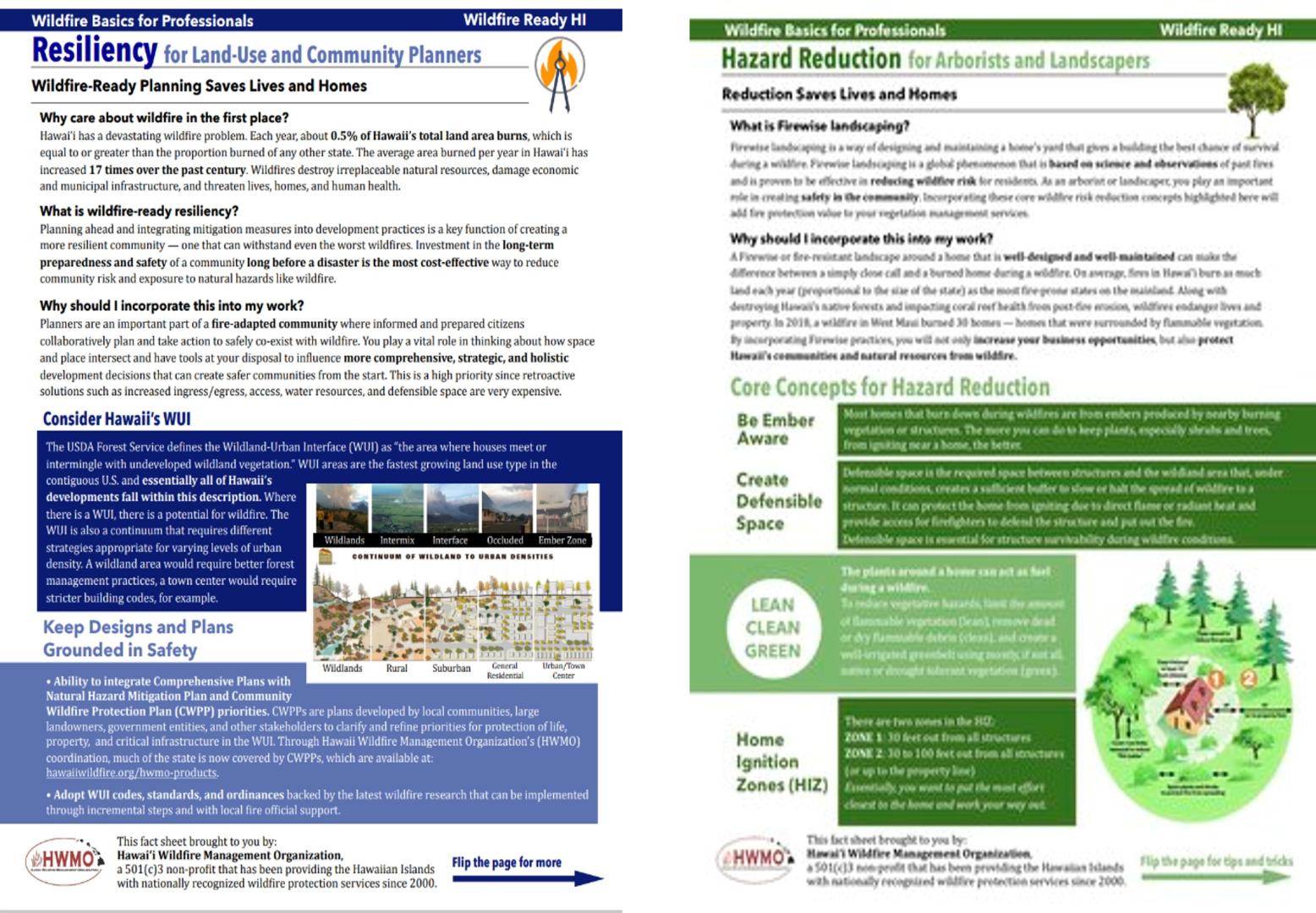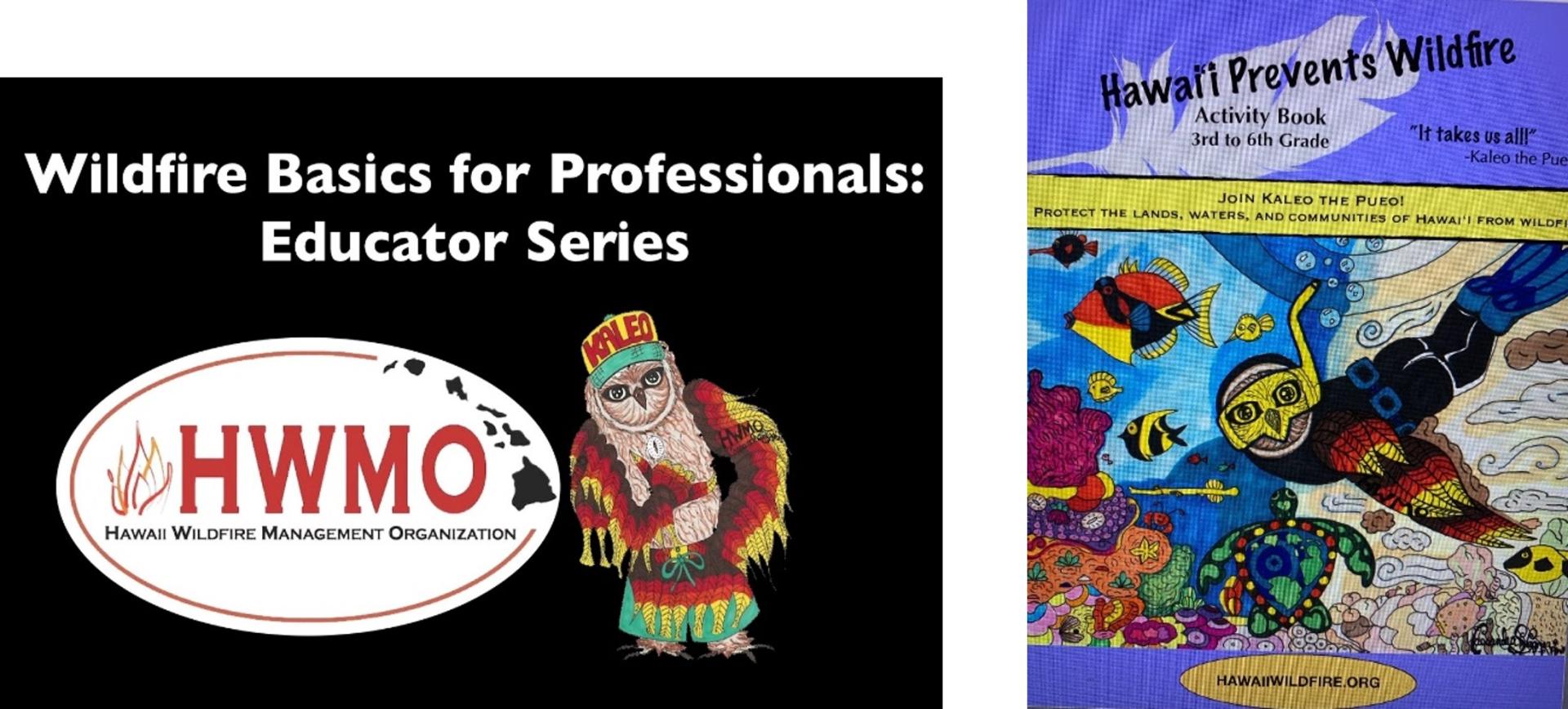 KAMUELA, Hawaii – Organized in 2000, the Hawaii Wildfire Management Organization (HWMO) has been working with communities across Hawaii on wildfire prevention, mitigation, and planning activities in the Hawaii-Pacific region.
KAMUELA, Hawaii – Organized in 2000, the Hawaii Wildfire Management Organization (HWMO) has been working with communities across Hawaii on wildfire prevention, mitigation, and planning activities in the Hawaii-Pacific region.
Through proactive, collaborative efforts, HWMO has managed to execute various projects aimed at accomplishing the organization’s goals – Increase public awareness of the wildfire issues in Hawaii and the Pacific; Decrease wildfire ignitions; Mitigate wildfire impacts; Aid post-fire recovery; and provide a collaborative environment.
“We try to be a hub of wildfire-related information,” said Elizabeth Pickett, Co-Executive Director of HWMO. “The work that we accomplish is done in collaboration with stakeholders who live or work in areas at risk of wildfires in Hawaii. I can’t help but stress how important collaboration and inclusive processes are on all our projects. I believe a coordinated approach is the pathway to wildfire readiness and resilience in Hawaii.”
Awareness and preparedness seem to be key factors in wildfire readiness and resilience, with education and training playing major roles.
HWMO has published numerous educational products and videos. Publications deemed useful to professionals such as community planners, landscapers, arborists, and classroom teachers have been produced.

READY, SET, GO is an action guide that provides tips and tools needed to prepare for a wildfire threat (Ready), situational awareness when a fire starts (Set), and to evacuate early (Go!). The booklet includes information on Hawaii's growing wildfire problem, actions communities can take, defensible space creation, how to harden a home, Ready, Set, Go Action Guide checklist for the house and family, Emergency Preparedness Kit Checklist, Ready, Set, Go Action Guide Checklist for large landowners and land managers, emergency contacts and information worksheet, family’s home evacuation plan worksheet and a residential safety checklist. Ready, Set, Go! Hawaii: Your Personal Wildland Fire Action Guide — Hawaii Wildfire Management Organization.
“Planners are an important part of a Fire-adapted community where informed and prepared citizens collaboratively plan and take action to safely co-exist with wildfire,” said Pickett. “Using planning methods proven to increase community survivability and resiliency during wildfires tend to be very cost effective when compared to retroactive solutions to mitigate community damages to wildfire.

The fact sheet entitled “Wildfire Basics for Professionals: Hazard Reduction for Arborists and Landscapers” is to be used as a guide in the practice of fire wise landscaping. HWMO added the fact that Firewise landscaping is used globally, based on science and observations of past fires, and is proven to be effective in reducing wildfire risk for residents.
Wildfire Basics for Professionals: Educator Series” consists of 5 training modules that are geared towards teachers interested in incorporating wildfire awareness and information into curriculum. Incorporating some of these techniques and ideas into curriculum can help students become more aware of wildfire danger, and how to mitigate wildfire risks. Classroom curricula and teaching materials consists of a curriculum guide and activity books that are grade level appropriate.
“Incorporating some of these techniques and ideas into curriculum can help students become more aware of wildfire danger, and how to mitigate wildfire risks,” said Pickett.

“We also have The Know Fire program which is an all-encompassing education tool targeted towards K-8th grade. This curriculum covers activities focusing on basic fire science, fire ecology, fire prevention, and native Hawaiian plants,” said Pickett.
Training videos include Ready! Set! Go Wildfire Preparedness webinar and a virtual workshop.
The Educational program represents one facet of HWMO projects. Other projects include: Firewise Community Recognition which is part of a nationwide effort of over 1,500 neighborhoods working towards a common goal: protecting the community from wildfire; Wildfire & Drought LOOKOUT!is a continuing awareness/preparedness campaign to keep people across the state informed of current fire and drought conditions, provide tips on protecting life and property from wildfires, and to provide information and education on how to deal with prolonged drought; Community Wildfire Protection Plans (CWPPs) is a fire science communication project co-led by the Hawai`i Wildfire Management Organization and the University of Hawai`i. The project seeks to facilitate fire knowledge exchange and enable collaborative relationships among fire science stakeholders in the Pacific; Conventional and Living Fuel Breaks were created to protect communities and irreplaceable natural resources. Conventional fuel breaks are areas where vegetation that easily carries fire has been reduced, often through weed-whacking, grazing, and a strategic use of herbicides; and, Wildfire Home Risk Assessor Program is part of a community wildfire ambassador program that is being piloted by Hawaii Wildfire Management Organization in order to build the capacity of community members for evaluating the wildfire risk of individual homes and properties within their Firewise communities.
Sustained funding for projects has been one of the challenges faced by the organization. Other challenges over the years have been the sheer lack of awareness and capacity to address wildfire challenges in a state whose system’s were designed before wildfire was a major threat. Hawaii’s wildfire threat has exponentially increased in less than one generation, so budgets, policies, programs, and fire agencies are not adequately able to meet the level of risk that Hawaii faces. Hawaii Wildfire Management Organization has been working hard to change that but has struggled to find adequate funding in such an environment, and has relied on fundraisers, competitive national grants, and volunteers to accomplish much of its work.
The organization attributes a lot of their success to the partnerships that have been developed.
“We have had the privilege of working with several federal, state, local, and private groups on projects across the Hawaii islands. Every project we've accomplished would not have come to fruition without the generous time, energy, and dedication of our partners,” said Pickett. “We are grateful for the involvement of a diverse range of intelligent, experienced and proactive people, each representing agencies that have a vested interest in protecting our natural resources and communities from the devastating effects of wildfire.”
For additional information, visit:
https://www.hawaiiwildfire.org/
Fact Sheets, Guides and Publications — Hawaii Wildfire Management Organization
Meet the Partners — Hawaii Wildfire Management Organization
Firewise Communities Program/Network — Hawaii Wildfire Management Organization

